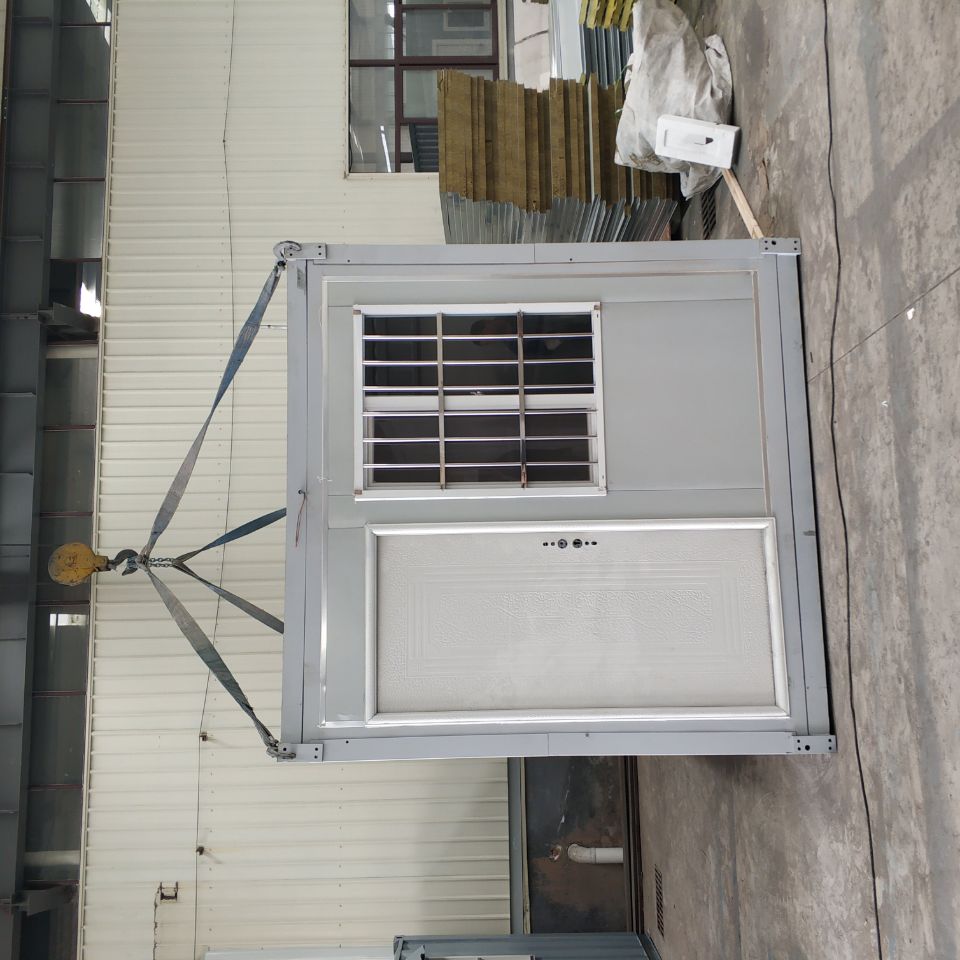Construction of safety management system in steel structure construction.
Inhoudsopgave
Importance of Implementing Safety Management Systems in Steel Structure Construction
Steel structure construction is a complex and potentially hazardous industry that requires strict adherence to safety protocols to ensure the well-being of workers and the successful completion of projects. Implementing a safety management system is crucial in this field to identify and mitigate risks, prevent accidents, and promote a culture of safety among all stakeholders involved in the construction process.
One of the key reasons why implementing a safety management system is essential in steel structure construction is to comply with regulatory requirements. Government regulations and industry standards mandate that construction companies adhere to specific safety guidelines to protect workers from harm and prevent accidents on construction sites. By implementing a safety management system, construction companies can ensure that they are in compliance with these regulations and avoid costly fines or legal repercussions.
Furthermore, a safety management system helps to identify potential hazards and risks in the construction process. Steel structure construction involves working with heavy materials, machinery, and equipment, which can pose significant risks to workers if proper safety measures are not in place. By conducting thorough risk assessments and implementing safety protocols, construction companies can proactively identify and address potential hazards before they escalate into accidents or injuries.
In addition to preventing accidents, a safety management system also plays a crucial role in promoting a culture of safety within the organization. By establishing clear safety policies, providing training to employees, and enforcing safety protocols, construction companies can create a safe working environment where workers feel empowered to speak up about safety concerns and take proactive measures to prevent accidents.
Moreover, implementing a safety management system can also have a positive impact on the overall efficiency and productivity of construction projects. When workers feel safe and supported in their work environment, they are more likely to focus on their tasks and perform at their best. By reducing the number of accidents and injuries on construction sites, construction companies can minimize downtime, avoid costly delays, and ultimately improve the overall quality of their work.
Another important aspect of implementing a safety management system in steel structure construction is the need to protect the reputation and credibility of the construction company. Accidents and injuries on construction sites can not only result in financial losses but also damage the reputation of the company and erode the trust of clients and stakeholders. By prioritizing safety and implementing a robust safety management system, construction companies can demonstrate their commitment to the well-being of their workers and the successful completion of projects.

In conclusion, the construction of a safety management system is crucial in steel structure construction to ensure compliance with regulations, identify and mitigate risks, promote a culture of safety, improve efficiency and productivity, and protect the reputation of the construction company. By investing in safety measures and prioritizing the well-being of workers, construction companies can create a safe and secure working environment that benefits everyone involved in the construction process.
Key Components of a Successful Safety Management System for Steel Structure Construction Sites
Construction of safety management system in steel structure construction
Steel structure construction is a complex and potentially hazardous industry that requires strict adherence to safety protocols to ensure the well-being of workers and the successful completion of projects. A key component of ensuring safety in steel structure construction is the implementation of a comprehensive safety management system. This system is designed to identify and mitigate potential hazards, establish clear safety protocols, and promote a culture of safety among all workers on the construction site.
One of the first steps in constructing a safety management system for steel structure construction is conducting a thorough risk assessment. This involves identifying potential hazards on the construction site, such as falls from heights, electrical hazards, and exposure to hazardous materials. By understanding the risks associated with the project, construction managers can develop strategies to mitigate these risks and protect workers from harm.
Once potential hazards have been identified, the next step is to establish clear safety protocols and procedures. This includes developing safety training programs for all workers on the construction site, as well as implementing regular safety inspections and audits to ensure compliance with safety regulations. By establishing clear guidelines for safe work practices, construction managers can help prevent accidents and injuries on the job.
In addition to training and inspections, a successful safety management system for steel structure construction should also include a system for reporting and investigating accidents and near misses. By encouraging workers to report safety incidents and conducting thorough investigations into the root causes of accidents, construction managers can identify areas for improvement and implement corrective actions to prevent similar incidents from occurring in the future.
Another important component of a safety management system for steel structure construction is the establishment of a safety committee or safety officer responsible for overseeing safety initiatives on the construction site. This individual or group should be responsible for monitoring safety performance, conducting safety meetings, and implementing safety initiatives to promote a culture of safety among all workers.
In addition to these key components, a successful safety management system for steel structure construction should also include regular safety training and refresher courses for all workers on the construction site. By providing workers with the knowledge and skills they need to work safely, construction managers can help reduce the risk of accidents and injuries on the job.
Overall, the construction of a safety management system for steel structure construction is essential for ensuring the well-being of workers and the successful completion of projects. By conducting risk assessments, establishing clear safety protocols, and promoting a culture of safety among all workers, construction managers can help prevent accidents and injuries on the job and create a safe and productive work environment for all.







